Chinese New Year, also known as the Spring Festival, “新岁” (New Year), or “岁旦” (Year Beginning), and colloquially called “过年” or “过大年” (Passing the Year/Celebrating the Big Year), is the most significant and grandest traditional festival for the Chinese nation, including ethnic Chinese worldwide.
As the foremost of China’s four major traditional festivals (alongside Qingming Festival, Dragon Boat Festival, and Mid-Autumn Festival), Chinese New Year revolves around bidding farewell to the old, ushering in the new, offering sacrifices and prayers for blessings, and family reunions. It embodies the ethical beliefs, cultural psychology, and aesthetic sensibilities of Chinese civilization.
In 2006, the customs of Chinese New Year were inscribed on China’s first national list of intangible cultural heritage. Notably, in 2024, it was successfully inscribed on the UNESCO Representative List of the Intangible Cultural Heritage of Humanity, signifying global recognition of its profound cultural value.
Legends of Chinese New Year
Legend has it that in ancient China, a fearsome monster named “Nian” (meaning “Year”) would periodically terrorize human settlements. The interval between its appearances became known as a “year” (yi nian).
People later discovered that Nian feared the color red, bright lights, and loud noises. Consequently, whenever Nian approached, people would paste red paper on their doors and burn bamboo stalks, producing loud cracking sounds, to drive the beast away. This is the earliest legend surrounding “Nian.”
Gradually, people began gathering on this day to celebrate the passing of the old year and pray for peace and prosperity in the new one.
Its historical roots, however, trace back to ancient agrarian society’s sacrificial ceremonies at the beginning of the year to pray for good harvests. Over its more than 4,000 years of evolution, the activities and customs of Chinese New Year have been continuously refined, culminating in this distinctive hallmark of the Chinese nation.
Traditional Customs and Activities During Chinese New Year
As a major festival with millennia of history, numerous customs have evolved among Chinese people during the Spring Festival. Despite changes over time, several key traditions persist:
1. House Cleaning (扫尘)
Before the New Year, households across China undertake thorough cleaning. In some regions, this activity is specifically done on “Xiao Nian” (Little New Year), observed on the 23rd day of the 12th lunar month in the North and the 24th day in the South. For Chinese people, this cleaning is not merely about tidiness; it symbolizes “sweeping away ill fortune and welcoming good luck.”
2. Decorating with Red (贴年红)
Decorating with red paper cutouts and couplets is an essential custom for every household.
“Nian Hong” (literally “New Year Red”) includes Spring Festival couplets (Chunlian), the character “Fu” (福, meaning “fortune” or “blessing”) displayed upside down (signifying “fortune arrives”), and window paper-cuttings. They are collectively called “Nian Hong” due to their auspicious red color, symbolizing joy and blessings in China.
- Traditionally, families mourning a recent death (within three years) abstain from pasting red decorations.
3. Reunion Dinner (年夜饭)
The Reunion Dinner, held on New Year’s Eve, is one of the most sumptuous meals of the year throughout China, regardless of region or era. Its significance far surpasses the exquisite dishes on the table.
- In the North, dumplings (饺子) are a staple. Their shape resembles ancient gold ingots (Yuanbao), symbolizing wealth and good fortune. Many families hide coins inside a few dumplings; the person who finds one is believed to receive extra luck in the new year.
- In the South, New Year’s rice cakes (年糕) are favored, symbolizing “rising higher year by year” or continuous improvement.
4. Ancestor Worship (祭祖)
During Chinese New Year, people pay homage to their ancestors. While the timing varies regionally – some do so on New Year’s Eve, others on the first day of the new year, and some even bring ancestral tablets home for worship – it universally represents the Chinese reverence for deceased ancestors and the deep-seated value of “family reunion” (He Jia Tuan Yuan).
5. Staying Up Late (守岁)
On New Year’s Eve, many Chinese families stay awake throughout the night, gathering around a hearth (or nowadays, often the television) to chat. This custom, called “Shou Sui,” signifies treasuring time and praying for the longevity of elders.
In recent decades, watching the CCTV Spring Festival Gala – the largest celebration broadcast for Chinese communities worldwide – while enjoying snacks like melon seeds with family has become a popular way to observe Shou Sui.
6. Gift Money (压岁钱)
In ancient times, elders would give money to younger family members on New Year’s Eve to ward off evil spirits (“Ya Sui”) and pray for their safety and well-being in the new year.
This tradition continues today. Elders give children red envelopes (Hongbao) containing money on New Year’s Eve. During the subsequent days of visiting relatives to offer New Year greetings (Bai Nian), elders also give Hongbao to the children of relatives, conveying blessings.
7. Setting Off Fireworks (放鞭炮)
Although the Nian beast is a legend, setting off fireworks and firecrackers remains an indispensable Spring Festival custom.
In ancient times, people burned bamboo stalks during the New Year, believing the loud cracks would scare Nian away.
Later, the invention of fireworks largely replaced bamboo burning.
Modern celebrations often feature grand fireworks displays precisely at midnight on New Year’s Eve, symbolizing hopes for the new year. Witnessing the simultaneous nationwide fireworks displays across China is a truly spectacular experience.
8. New Year Visits (拜年):
After New Year’s Eve, the period of visiting begins.
Typically, the first day of the new year (Da Nian Chu Yi) is reserved for visiting the patriarch’s extended family.
The second (Chu Er) and third (Chu San) days are often dedicated to visiting the wife’s parents’ home.
The remaining days of the holiday are for visiting other relatives and friends. The Bai Nian period can extend until the 8th day of the first lunar month (Zheng Yue Chu Ba).
Spring Festival Customs Among Different Ethnic Groups
China’s multi-ethnic composition results in diverse Spring Festival traditions:
- Manchu: Celebrate the New Year twice: once on New Year’s Eve to “bid farewell to the old,” and again on New Year’s Day to “welcome the new.”
- Mongolian: Besides dumplings on New Year’s Eve, they eat “Handheld meat” (手把肉), symbolizing family unity. After midnight, younger generations offer a “Farewell to the Old Year” wine (Ci Sui Jiu) to elders, followed by communal horseback riding and dancing.
- Korean Nationality (Chaoxianzu): People sing and dance throughout New Year’s Eve. On the Lantern Festival (元宵节) night (the 15th day of the first lunar month), elders climb wooden “moon-watching frames” (望月架), considering it fortunate to see the moon. The frames are then set ablaze, accompanied by singing and dancing to traditional music featuring instruments like the long drum (长鼓) and a vertical bamboo flute (洞箫).
The Significance of Chinese New Year for Modern Chinese
For contemporary Chinese and ethnic Chinese globally, Chinese New Year transcends just praying for peace and happiness. The designated holiday period allows Chinese people across the nation and the world to reunite with their families, providing a precious opportunity for relaxation.
In China, hundreds of millions journey home annually for the festival. For instance, during the 2025 Spring Festival travel period (January 14 to February 22, 2025), an astonishing 9.02 billion passenger trips were recorded nationwide within 40 days. This massive migration, known as “Chunyun” (Spring Migration), vividly illustrates the immense scale of travel during Chinese New Year.
Chinese New Year Around the World
The influence of Chinese New Year extends far beyond China. Besides being celebrated by 1.4 billion Chinese and over 50 million ethnic Chinese worldwide, it is also officially observed in countries like South Korea, Indonesia, and even some US states.
”Chinese New Year” or “Lunar New Year”?
Recently, the term “Lunar New Year” has gained popularity. However, this is somewhat imprecise.
“Lunar New Year” is short for “Lunar Calendar New Year,” referring to a calendar based purely on the moon’s cycles.
The Chinese New Year, however, is determined by the traditional Chinese lunisolar calendar (Nongli or Yinli), which harmonizes observations of both the sun and the moon. Historically and authoritatively, the full name is “Traditional Chinese Calendar New Year,” commonly abbreviated as ”Chinese New Year” or “Spring Festival.” Therefore, “Lunar New Year” is a less accurate descriptor.
Furthermore, as a festival originating in ancient China, even the Spring Festival customs observed in countries like Vietnam were influenced by Chinese traditions. While “Spring Festival” is also correct, ”Chinese New Year” remains the most culturally specific and accurate term for this festival.
Chinese New Year and the Chinese Zodiac
According to ancient Chinese tradition, the Chinese Zodiac (Shengxiao) consists of twelve animal signs associated with the Earthly Branches (Dizhi), corresponding to a person’s birth year: Rat, Ox, Tiger, Rabbit, Dragon, Snake, Horse, Goat, Monkey, Rooster, Dog, and Pig.
The twelve animals are symbolic representations of the twelve Earthly Branches: Zi (Rat), Chou (Ox), Yin (Tiger), Mao (Rabbit), Chen (Dragon), Si (Snake), Wu (Horse), Wei (Goat), Shen (Monkey), You (Rooster), Xu (Dog), Hai (Pig). (A detailed explanation of the zodiac system follows later.)
For our purposes, understand that the zodiac sequence is fixed, and each Chinese New Year marks the beginning of a new zodiac year.
When is Chinese New Year 2026?
According to the traditional Chinese calendar:
- Chinese New Year 2026 falls on Tuesday, February 17, 2026. It will be the year of Bing Wu (丙午), the Year of the Horse.
- Chinese New Year 2027 falls on Saturday, February 6, 2027. It will be the year of Ding Wei (丁未), the Year of the Goat.
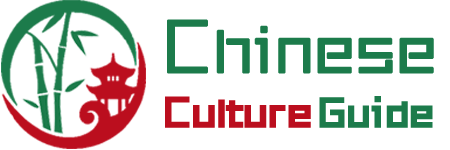

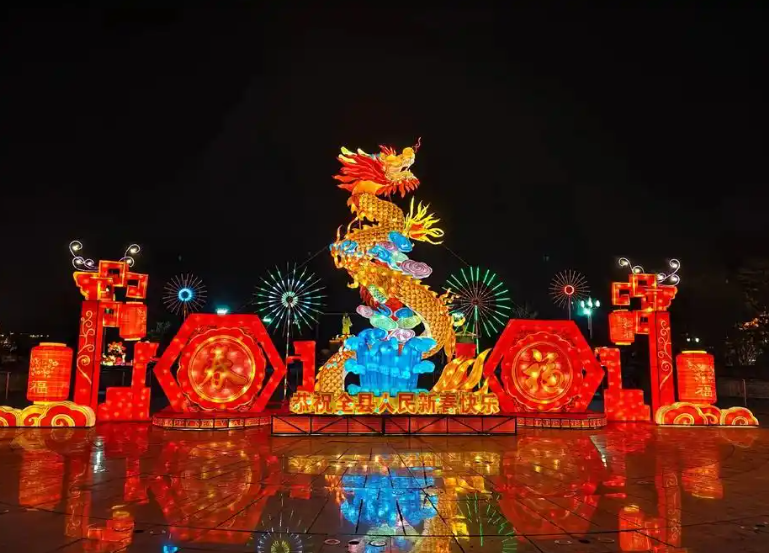
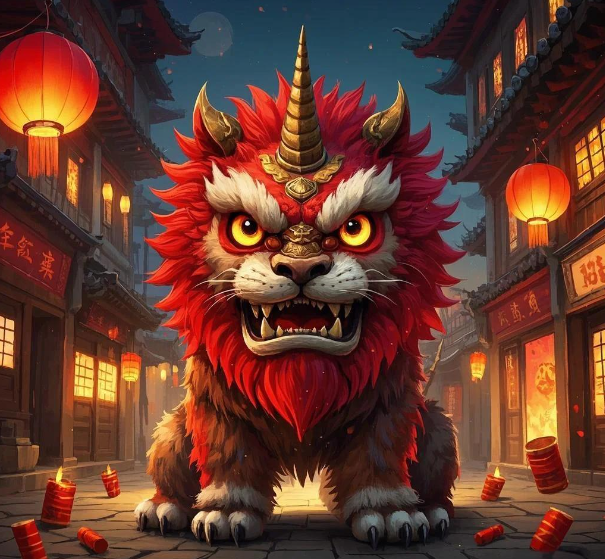
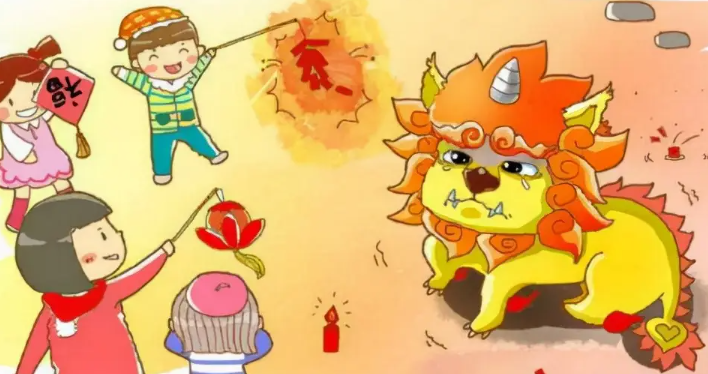
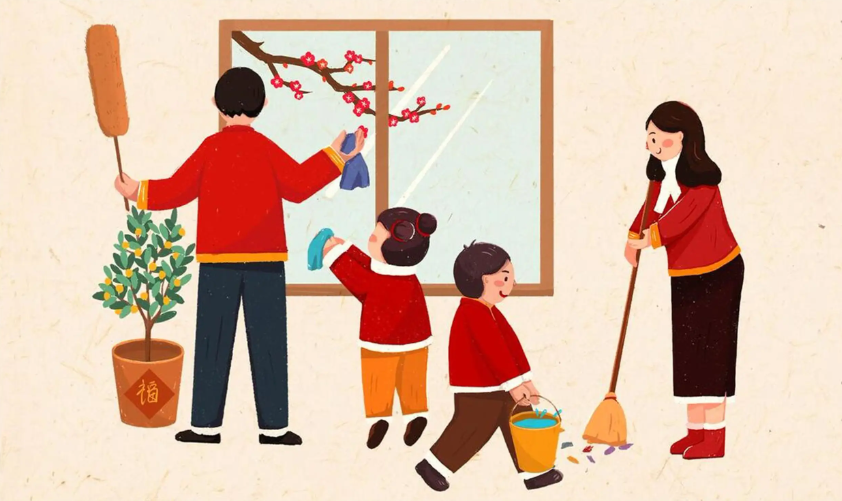
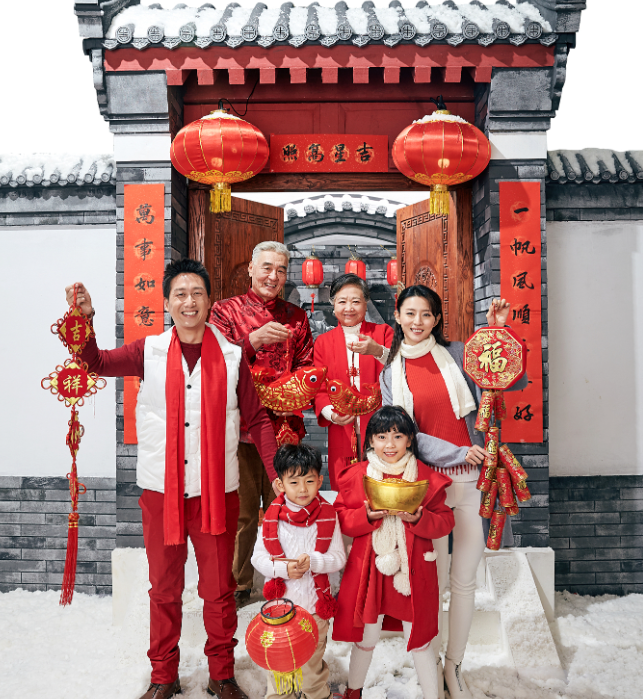

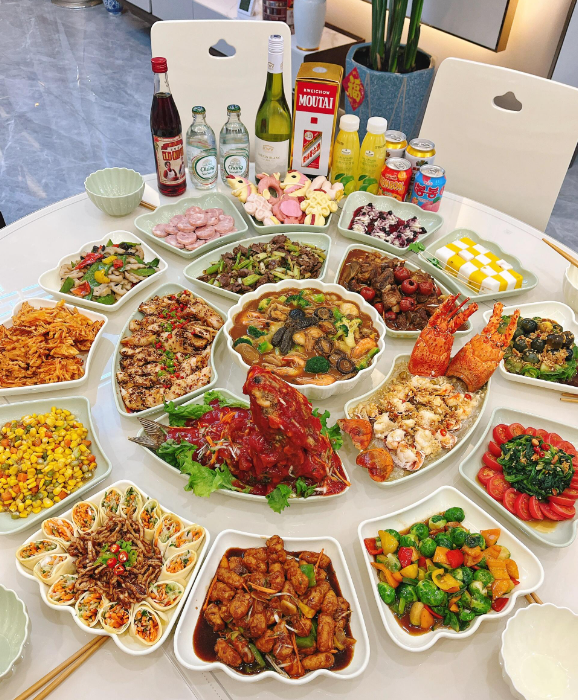
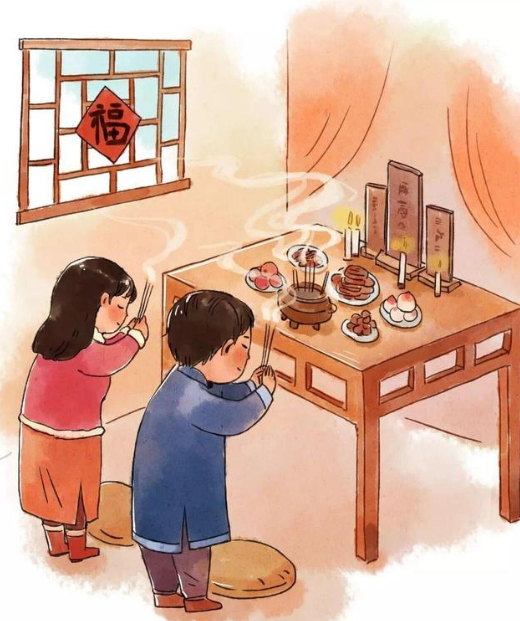

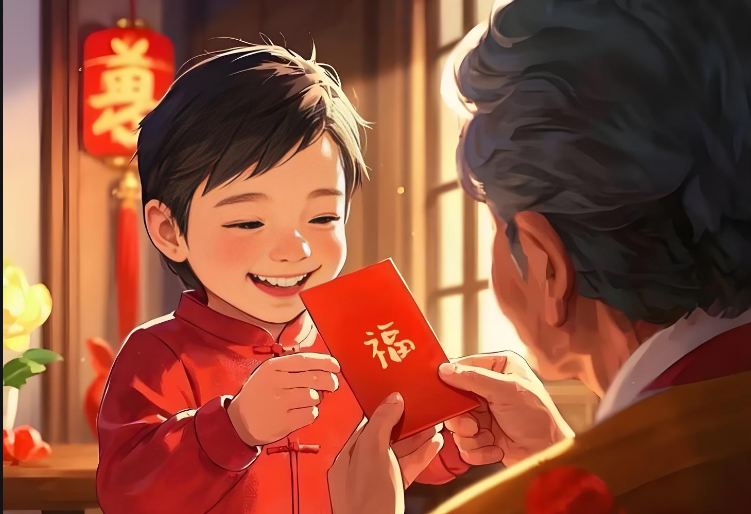
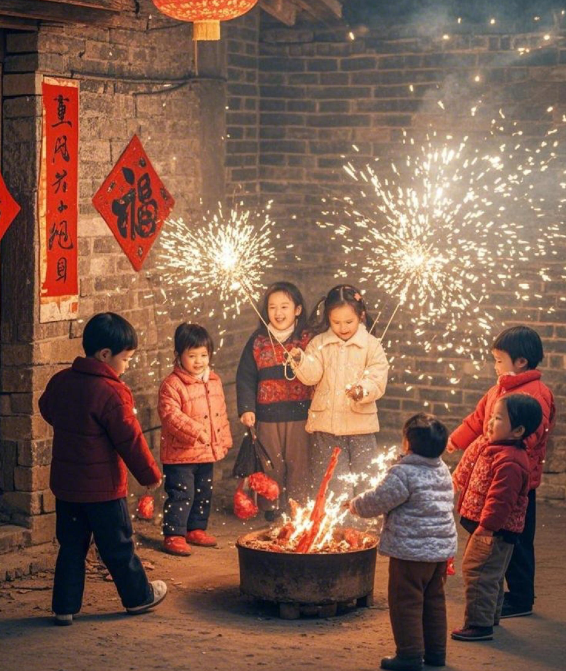

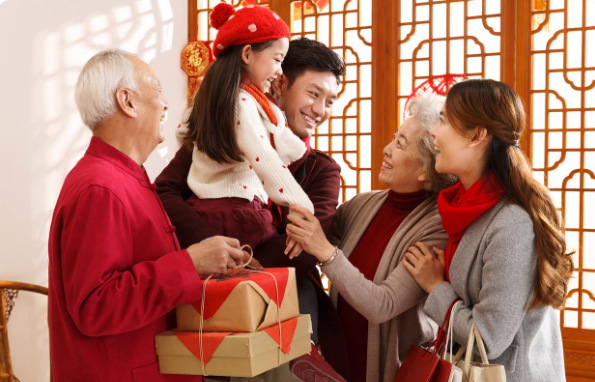

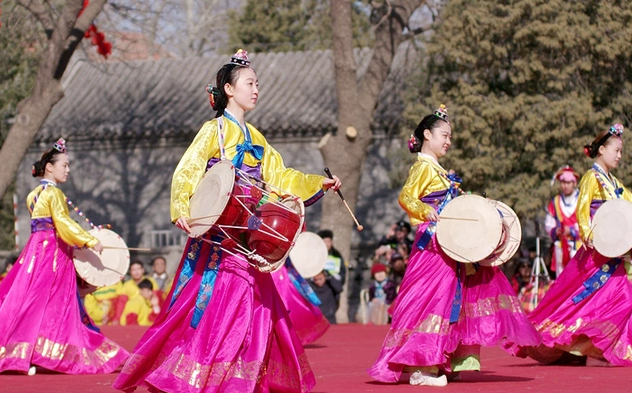
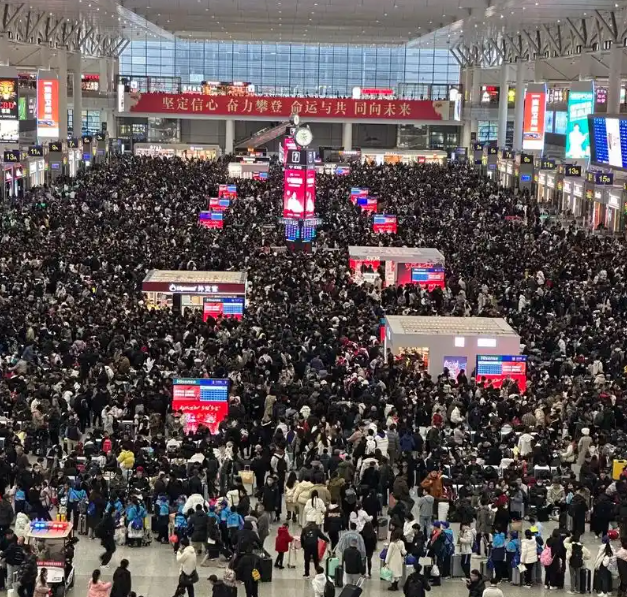
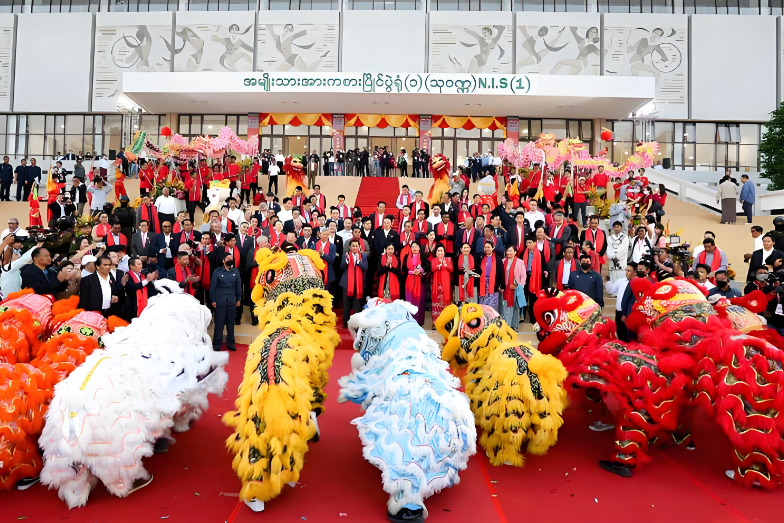
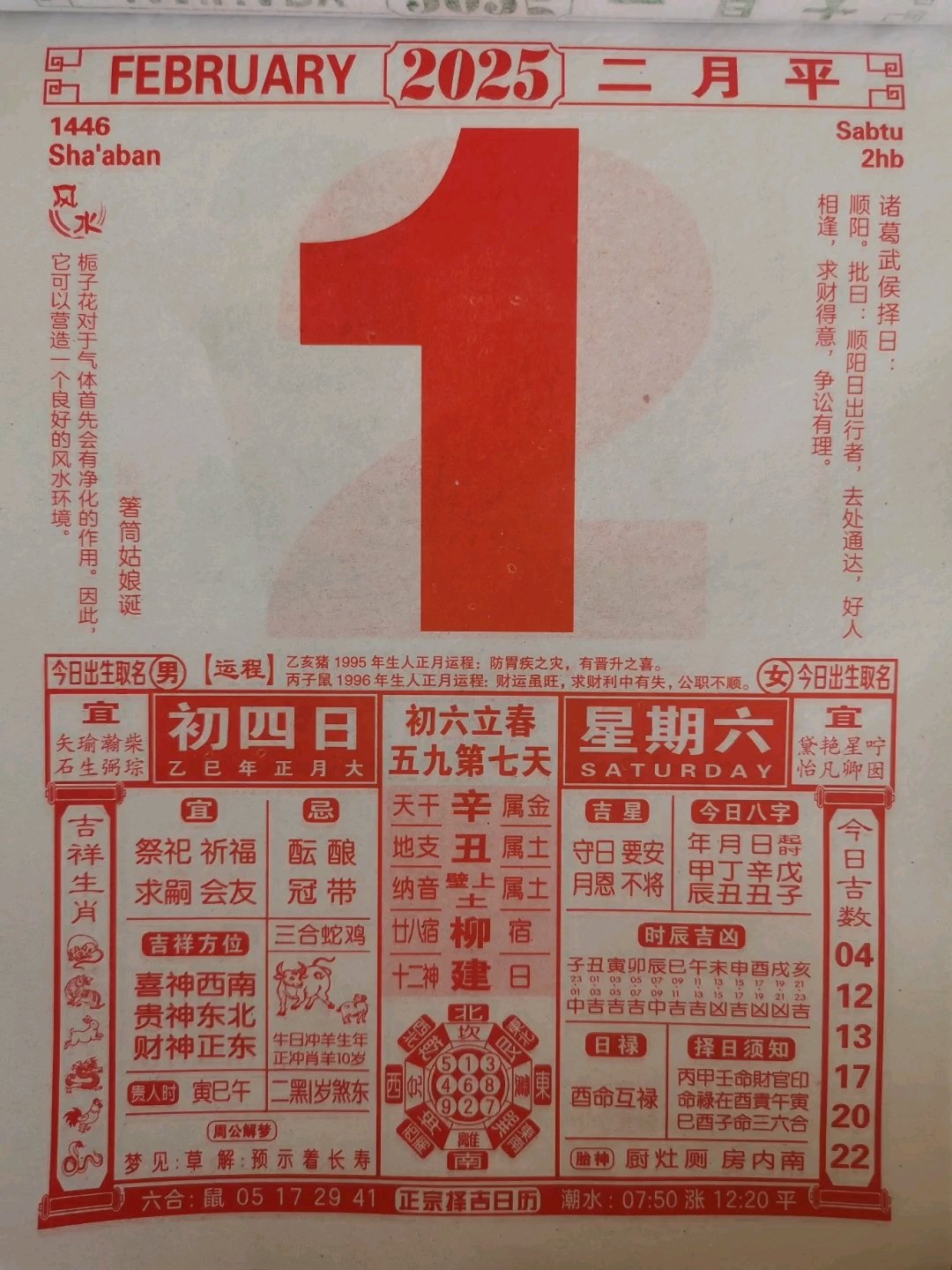






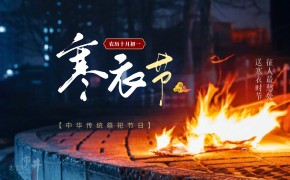







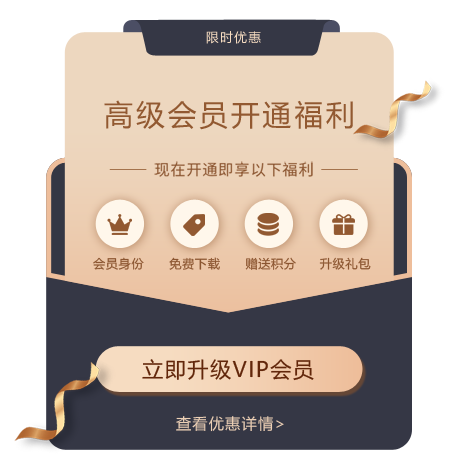
There are no comments yet, come and comment~